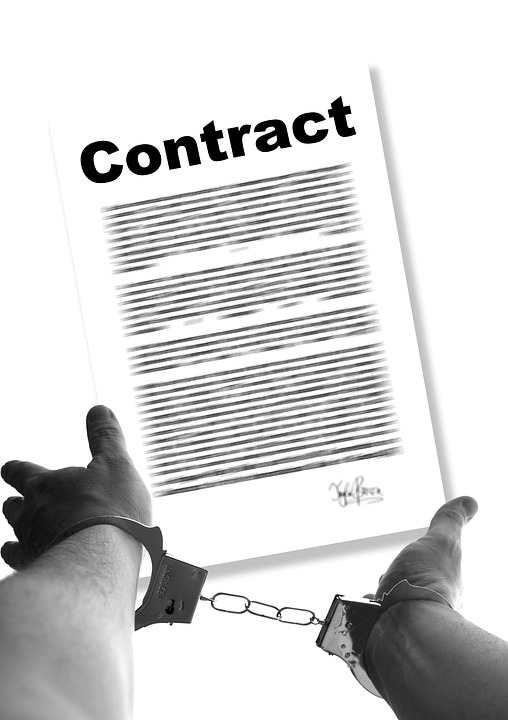In a recent decision, the Delaware Chancery Court refused to throw out a lawsuit with post-closing claims for indemnification against the sellers of EMSI Holding Company, a medical information services business. The case involved allegations of fraudulent representations made by the company in the Stock Purchase Agreement. The court said “inelegant drafting” of the SPA created an ambiguity that prevented dismissal at this stage. The decision in EMSI Acquisition Inc. v. Contrarian Funds LLC illustrates the importance of clear drafting of fraud carve-outs in M&A transactions.
Background
The buyer, an affiliate of private equity firm Beecken Petty O’Keefe & Company, filed the lawsuit seeking to recover losses incurred during the acquisition of EMSI. It alleged that EMSI manipulated its financial statements prior to the acquisition to induce the buyer to pay more than the company was worth. The SPA contained two mechanisms for recovery of such losses: a post-closing net working capital adjustment provision and indemnification for breaches of representations and warranties.
Moving to dismiss the complaint, the sellers argued the SPA capped both mechanisms at an escrow amount of approximately $9.5 million, which was now depleted. The buyer responded the indemnification cap didn’t apply because of provisions in the SPA carved out exceptions for claims based on fraud. It also sought a “confirmation” under the Delaware Arbitration Act of an independent auditor’s post-closing determination of purchase price adjustments.
Decision
In a May 3 decision, Vice Chancellor Joseph R. Slights said the buyer adequately pled an indemnification claim based on fraud that is not capped by the escrow funds. The Vice Chancellor concluded the SPA was ambiguous because two provisions appeared to contradict one another, and both sides could make reasonable arguments about which provision should win out. “[I]nelegant drafting’ has left the Court unable definitively to construe the indemnification provisions of the SPA in a manner that would enable final adjudication of this dispute at the pleading stage.”
The court said extrinsic evidence would be required to construe the ambiguous provisions before it could determine which competing interpretation reflected the parties’ intent with respect to indemnification for claims of fraud against the seller arising from misrepresentations by BMSI.
The court also rejected the seller’s argument that fraud was inadequately pleaded. Under Delaware law, a plaintiff needs to plead facts that allow a reasonable inference that the false representation was “knowable and [] the defendants were in a position to know it.” The sellers urged the court take guidance from “federal securities fraud cases and adopt a more searching pleading standard that would impose a ‘stringent rule for inferences involving scienter.’”
But the judge declined. “Following this, for the Complaint to plead that the Company had knowledge of the fraud, Plaintiff must simply plead that the Company’s employees had knowledge of the fraud,” the Vice Chancellor wrote. “Plaintiff readily meets this standard.”
Separately, Vice Chancellor Slights dismissed the claim seeking a confirmation of the auditor’s findings under the Delaware Arbitration Act, saying it was not an arbitration award that could be confirmed by the court because it would contradict the language of the SPA.
Conclusion
While buyers have legitimate concerns about protecting themselves from fraud, ambiguous carve-outs can pose problems for private equity sellers and undermine the certainty of a deal. The EMSI decision is another example why some might be inclined to resist the inclusion of fraud carve-outs in M&A transactions. At the very least, sellers should ensure that such provisions are carefully defined. In the latter scenario, it is of benefit to define fraud in a way that limits it to truly egregious types of fraud and make sure that the fraud of others is not attributable to you.





